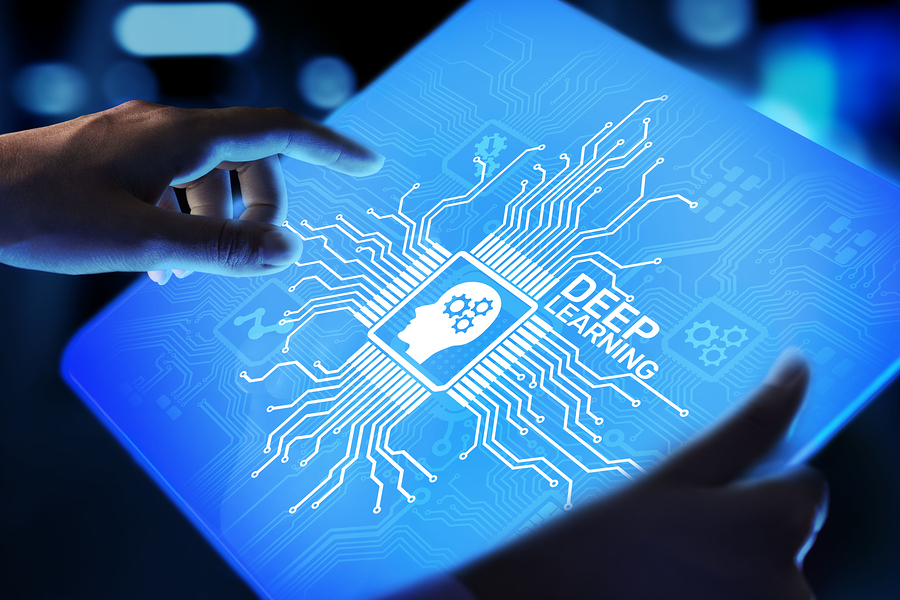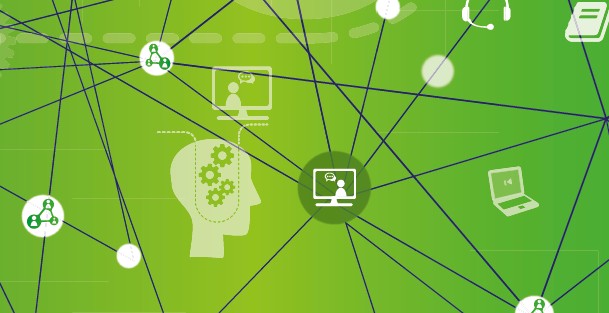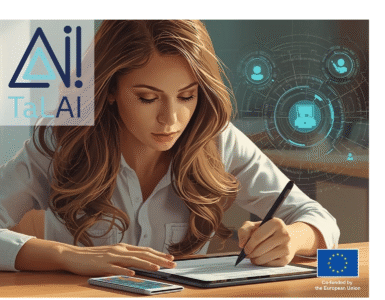Higher education aims for deep learning. Two trends may threaten the achievement of deep learning, namely the massification of students and the increasing choice for online education by higher education. Considering these trends, my recently released dissertation examines the extent to which instructors can promote deep learning in online higher education, as explained in this video.
The rationale for this dissertation were the concerns expressed by several instructors as to whether the education provided still offers sufficient depth for higher education students, as a consequence of the increasing use of online education and online media (such as video). From face-to-face education, we know that oral interaction plays a major role in promoting deep learning, such as by creating a free and open dialogue, critical debate, negotiation, and agreement. But interaction in online education (and the use of online media) often takes place asynchronously and in typed form. Thus, the question arises if and how instructors can still promote deep learning in online education.
Deep learning involves critical thinking, integrating what the student learns with what he or she already knows, and making new connections between different concepts. It is a learning approach that can be visualized as a continuum, with “surface learning” on the opposite side, which concerns memorization, mainly aimed at passing a test.
An instructor can influence whether deep learning is achieved by the way in which the education is designed and taught. However, due to the often asynchronous and typed interaction, instructors are faced with specific challenges, that are further explained in the dissertation, such as: 1) alignment in learning activities, 2) insight into students’ needs, 3) adaptivity in teaching strategy, 4) social cohesion, and 5) creating dialogue.
Additionally, it has been studied what it is that triggers students to learn deeply. Results show four triggers: “feeling personally committed,” “asking and receiving relevant feedback,” “understanding one’s own learning process,” and “probing back and forth.” Learning activities should therefore be aimed at activating these triggers.

The dissertation describes scalable learning activities that meet the challenges and that may trigger the mechanisms. These learning activities stimulate interaction to promote deep learning. The dissertation focusses on peer feedback as one of the learning activities an instructor can use to promote deep learning.
The research described in this dissertation shows that dialogic peer feedback leads to deep learning for another reason than that which is achieved from instructor feedback. Students question the feedback given by peers and therefore think longer and deeper, which leads to deep learning. Source references can have the same effect on the student as the instructor has. The student accepts it as ‘true’ and switches to surface learning. The research also shows that providing peer feedback is shown to be just as valuable as receiving it.
Especially helpful for students is the constant attention to how one provides peer feedback: by instruction, by having to rate feedback, and therefore by repeatedly having to reflect. Students who knew that their feedback would be rated, formulated it more carefully. And students who had to rate the feedback they received, read the feedback more carefully and as a consequence, learned deeply.
Results can be used by instructors in designing and teaching. Some of the concrete advice that can be given to instructors and designers of education include:
- If the learning objectives aim for deep learning, choose learning methods that aim for deep learning as well. Choose activating learning methods, in which students learns to actively use the content from, for example, video and which enables them to participate in the academic dialogue. Include a specific assignment, for example in the form of an essay, debate, presentation or discussion questions.
- Ask students to provide peer feedback to each other on this assignment, that is aimed for deep learning. Ask students to rate each other’s feedback and start the dialogue about the feedback given.
- Provide sufficient instruction to students about how to interact aiming for deep learning. If education takes place online, there may be a risk that the discussion will be limited to providing answers to questions rather than becoming a dialogue.
- Give students feedback on how they engage in dialogue together and on how they give each other feedback, for example on a randomly chosen number of online dialogues.
Renée Filius is Head of Education at Utrecht University, the Netherlands. She successfully defended her PhD thesis ‘Peer feedback to promote deep learning in online education’ on 23 May 2019. You can find here more articles by Renée here.

Author
Renée Filius
Head of Education, Utrecht University, The Netherlands













